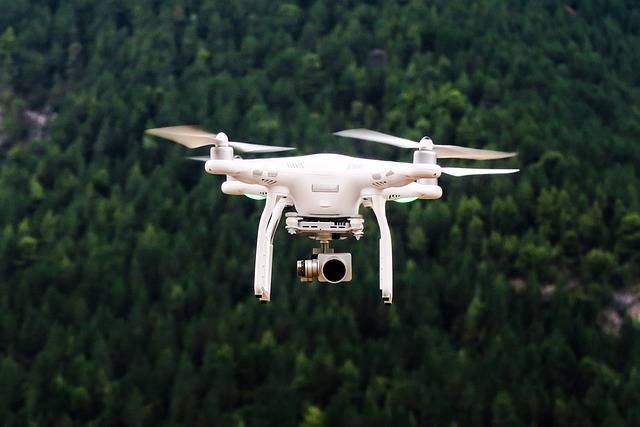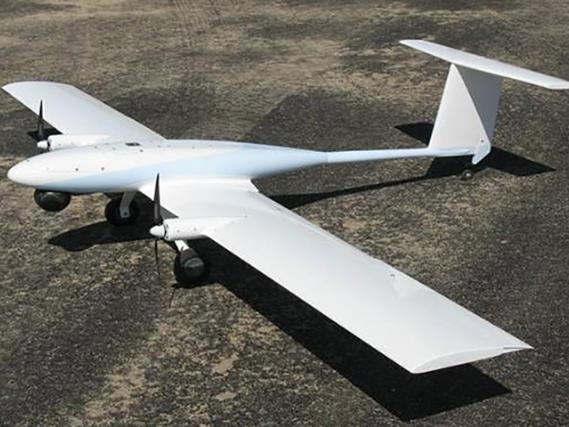Unveiling the Sophisticated Features and Uses of Target Drones
Target drones have become pivotal in modern defense and aerospace operations, transforming how military forces conduct training and test weapon systems. At their core, these drones are designed to serve as aerial targets, simulating enemy aircraft, missiles, or other threats. The evolution of target drones reflects advancements in technology, enabling them to display realistic maneuvers and sophisticated countermeasures, providing a true-to-life simulation experience. These attributes make them invaluable in enhancing the accuracy and effectiveness of various defense systems.
Initially, target drones were rudimentary, operated remotely, and limited in functionality. However, with the advent of cutting-edge technologies, they now boast capabilities such as high-speed flight, evasive actions, and radar cross-section alteration. These features ensure that they mimic adversarial threats, supporting the military’s endeavor to prepare better for real-world challenges.
Employing target drones allows for extensive training without the risk of live combat, drastically reducing costs and enhancing safety. The drones’ adaptability and sophistication enable more reliable evaluations of missile systems, radar accuracy, and overall defense readiness.
Target drones are actively used in varied settings beyond military applications. Among civilian uses, they assist in evaluating the performance of new aircraft, as well as in research, where they help advance aerodynamics studies and technology development. Moreover, activities involving target drones contribute significantly to exploring electromagnetic spectrum management and electronic warfare capabilities.
Considering their profound influence, nations are investing heavily in developing and acquiring advanced target drone systems, ensuring they remain at the forefront of aerial simulation technology. The drones’ contributions extend into intelligence gathering when equipped with reconnaissance payloads, multifaceted testing environments, and supporting disaster response via immediate deployment for observation purposes.
FAQs on Target Drones
What are the primary types of target drones?
Target drones vary, including high-speed aerial targets, maneuverable drones, and maritime drones. Each is engineered for specific simulation challenges to test diverse defense systems effectively.
Are target drones used solely by the military?
No, while target drones are predominantly used in military settings, civilian sectors employ them in aerospace testing and research development, highlighting their versatility.
How do target drones improve defense systems?
By simulating enemy threats, target drones enable comprehensive trials of weapon systems, leading to more accurate targeting, improved radar systems, and overall enhanced military readiness.


In conclusion, target drones stand as a testament to technological progress, embodying intricate designs and multipurpose applications that far exceed traditional expectations. They ensure robust preparation across sectors and continue to evolve, embracing future technological innovations.
